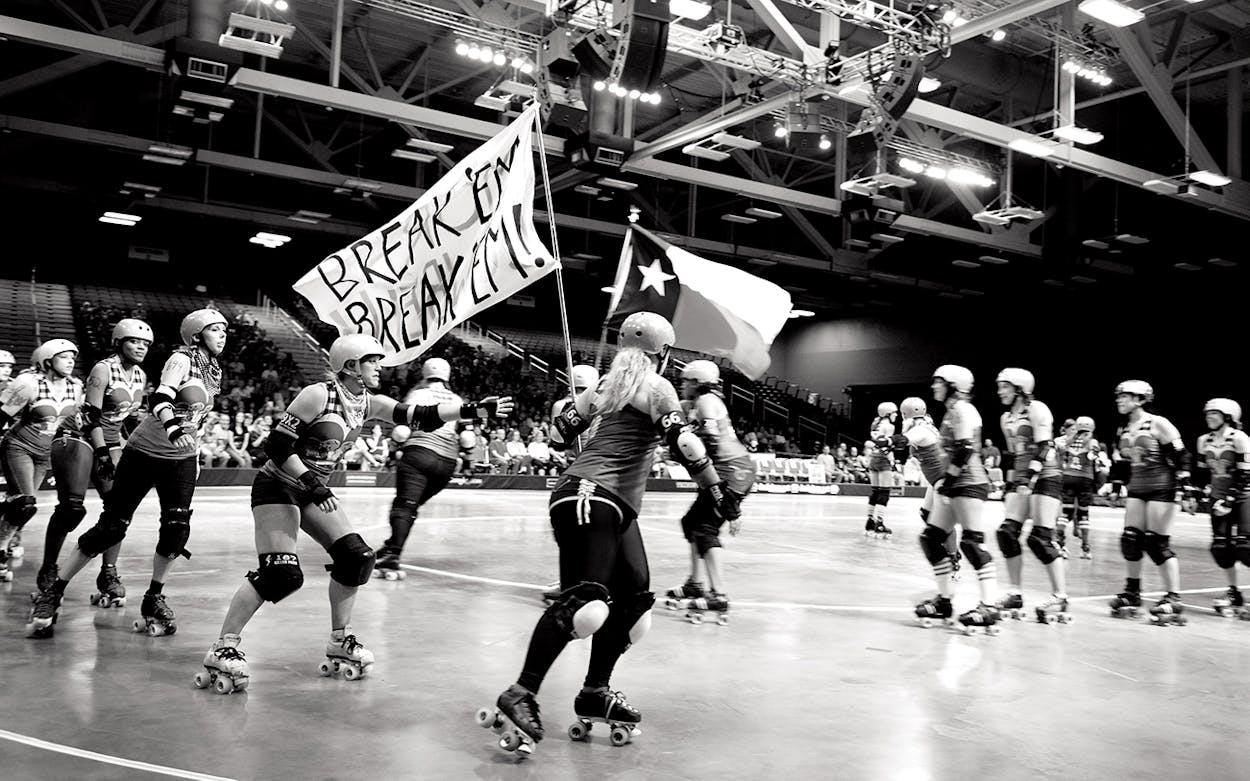A tangle of ten women careers down the wooden track at the Austin Sports Center in South Austin. The two teams, demarcated by their distinctly different uniforms of gingham tops and denim cutoffs versus the pleated skirts and white tie-front button-downs of a Catholic schoolgirl Halloween costume, ram into and shove each other as Pat Benatar blares and the audience goes wild from the stands.
For years, Felicia Graham found herself right beside the action, seated on the ground next to the players’ bench, taking photo after photo with her Nikon. “I got addicted from the get-go,” says Graham, who first encountered flat-track roller derby in 2005, when she was a graduate student studying photojournalism at the University of Texas at Austin. “It was just empowering to watch them.”
The primarily female sport requires equal parts violence, performance, and skill. The teams appoint a jammer, who fights her way through the pack to score points by skating past her opponents. Meanwhile, four blockers from each team jostle to make space for their own jammer as well as trying to prevent the other team’s jammer from moving through, acting as both offense and defense simultaneously. And, of course, all of this is done on roller skates. After its creation in Austin in the early aughts, flat-track roller derby has become a global phenomenon. The Women’s Flat Track Derby Association now has 417 leagues across 25 countries.
Graham vividly renders the physical intensity and theatrics of the sport in Rollergirls: The Story of Flat Track Derby (Trinity University Press, November 13). The photographs, shot completely in black and white, chronicle the Texas Rollergirls, Austin’s four-team league. Graham was there as they applied slashes of black eyeliner and glittery eye shadow before a bout and raised Lone Stars in triumph after scoring a victory. “I like black and white because it just shows the girls,” Graham says. “It’s not about the color; it’s about the emotion of the images.”
Graham, who wrote her 65-page graduate thesis on the Texas Rollergirls, became a part of the community. She spent untold hours with the players, attending bouts and tournaments with them from Tucson to London. Over the course of eleven years, she took upward of 50,000 shots of the athletes. But she herself never played; after witnessing torn ACLs and broken noses, she opted to remain on the sidelines. “Every time a new group of girls comes in, they ask me, ‘Why didn’t you ever skate?’ ” Graham says. “I’m like, ‘I need all four extremities to work.’ ”
In Rollergirls, Graham conveys the frenzy of the sport—legs whizzing past in a line, a fallen player crying out in pain—but she also shows how roller derby offers the women a way to try on bolder, more unapologetically aggressive versions of themselves. Ryan Sage, an IT manager at her day job, dons Daisy Dukes and electric-blue glitter and transforms into Spank, a defensive powerhouse; with the help of hot pants and cat whiskers, video-store clerk Janet Vincent becomes Jammit Janet, pushing past opponents on the rink. “These women come from all different walks of life,” Graham says. “But they all get the same thing out of it: strength and confidence.”
Skaters come with varying skill sets too. Some women barely know how to skate when they find the league. Others are speed skaters. As Graham sees it, roller derby gives the women confidence by providing them with both physical skills and a community. “If you weren’t assertive when you started, you’d end up that way,” she says. “It gives the skaters strength. They get this huge pile of women to hang out with.”
As her peers have become the old-timers of the league, so has Graham. She went to one bout this year, the league’s “quinceañera,” marking its fifteenth anniversary, but she didn’t shoot many photos. “I went, and everyone I knew was there,” she says. “I didn’t take pictures, because I was hanging out with all of my friends.” Besides, there’s a young woman who shoots almost every bout now. She sits next to the players’ bench, just like Graham used to, documenting the moves of a second generation of skaters.
For new players, Graham’s book chronicles the sport’s origin story. For the women who started the league, it serves as a yearbook. “My copy has signatures all through the book, of Rollergirls signing, ‘Thank you for doing this, so glad you’ve been around all these years,’ ” Graham says. “They’re good to me, and I didn’t even have to hurt myself to become one of them.”
Well, almost—she has sustained the occasional bruise on the track, and she once got a black eye after a skater’s knee slammed into the back of her head, pushing her face into the camera. But that’s a small price to pay for the perfect shot—and to belong to a community of fearless women.
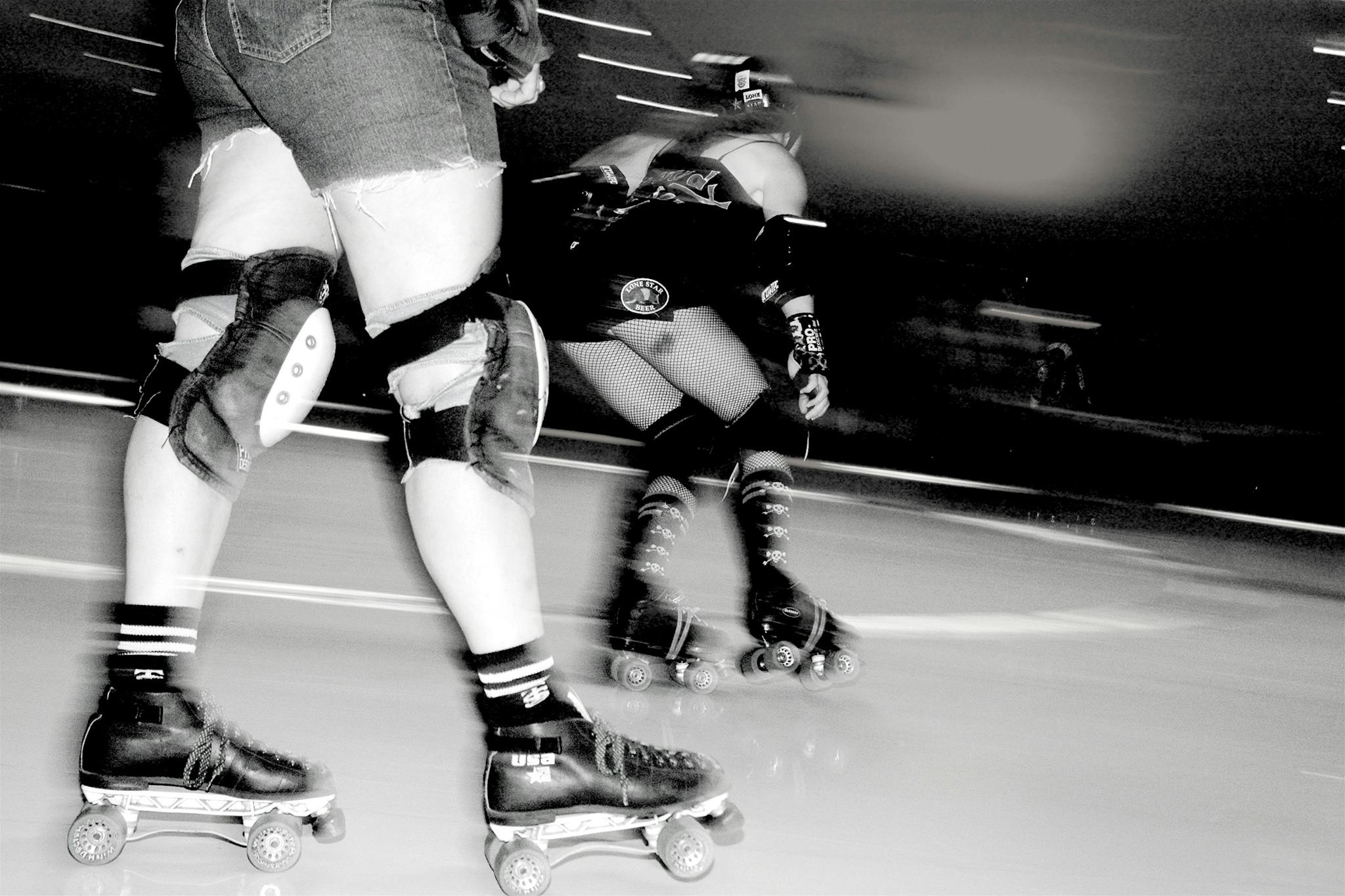

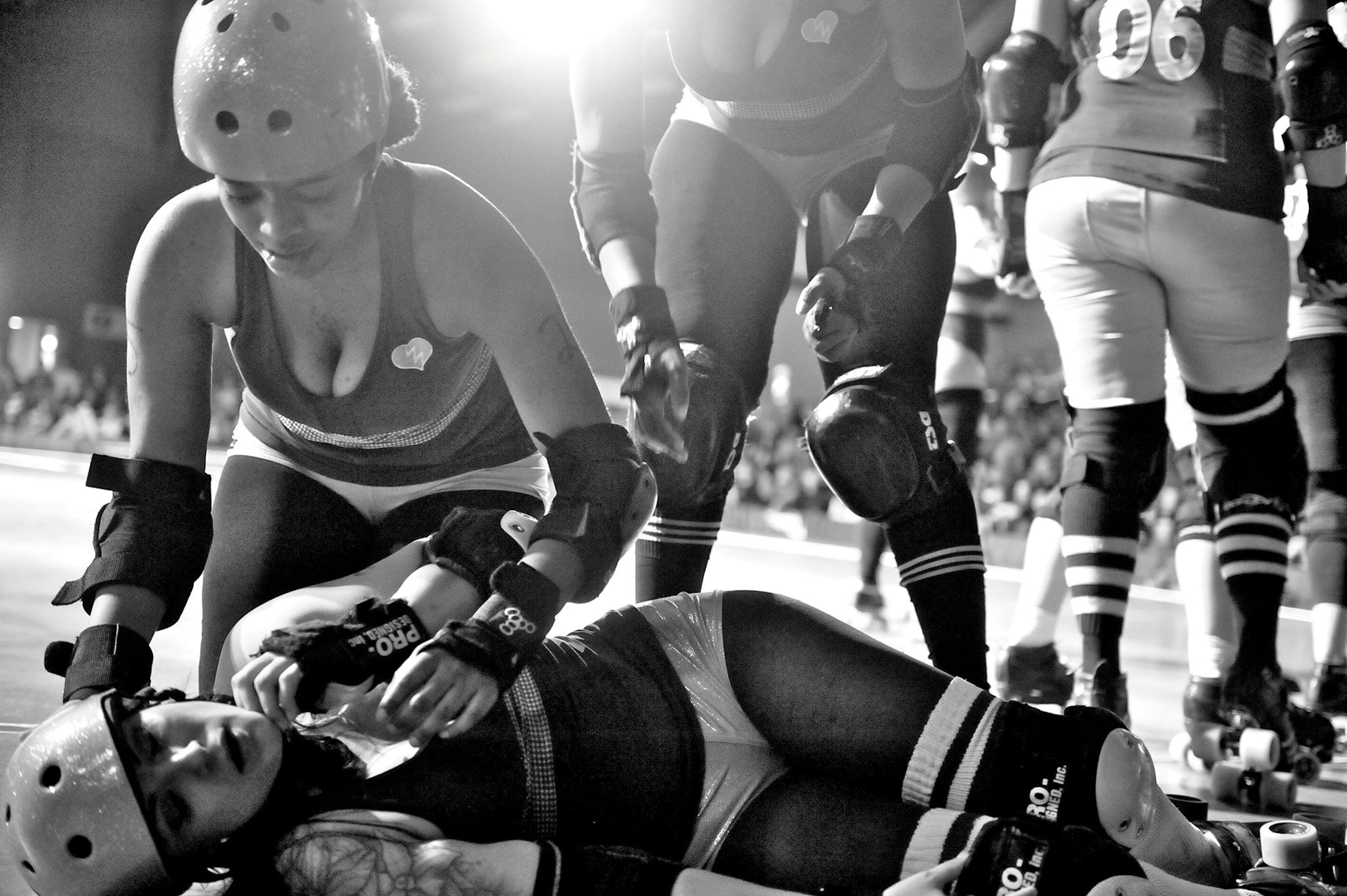
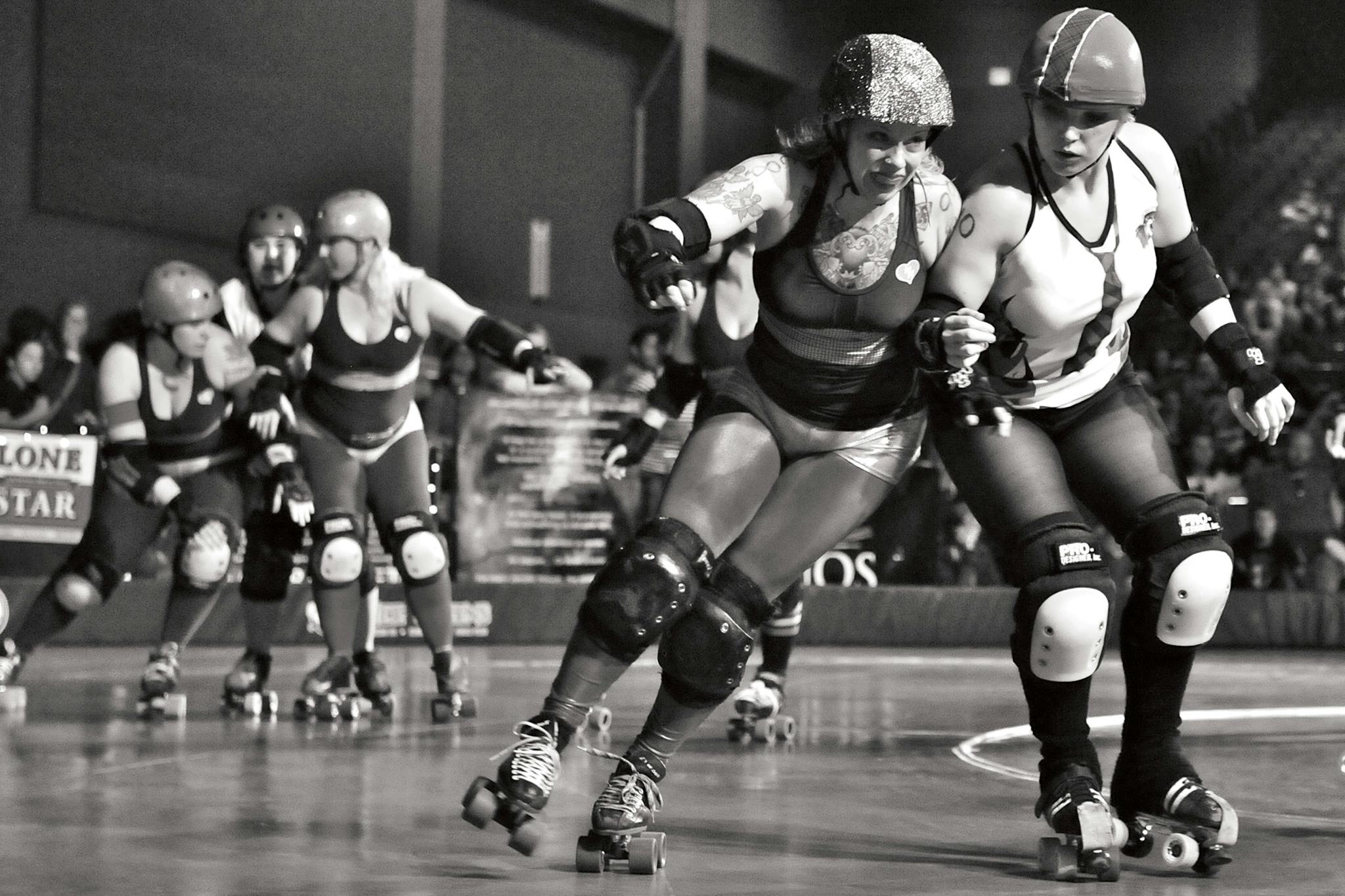
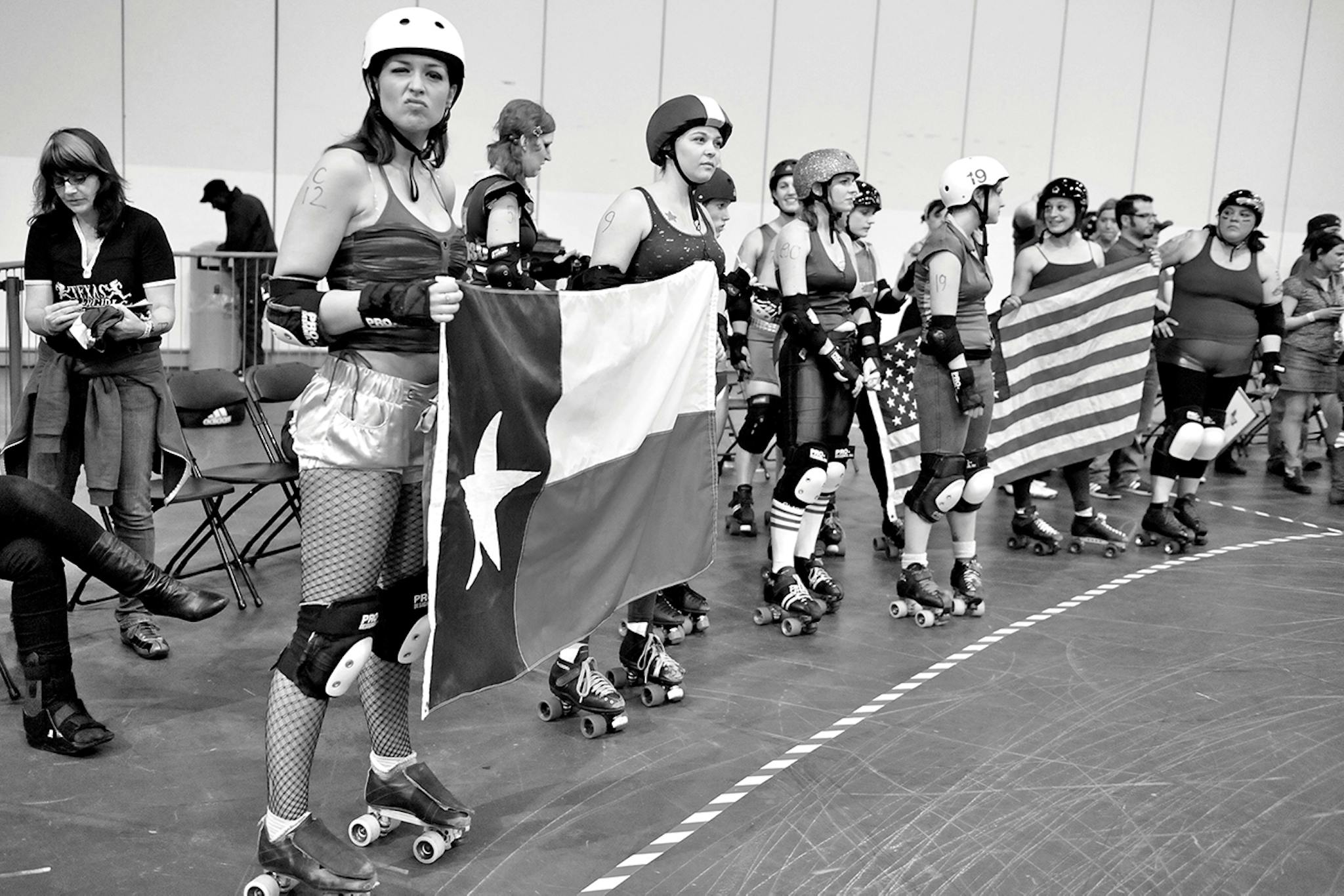
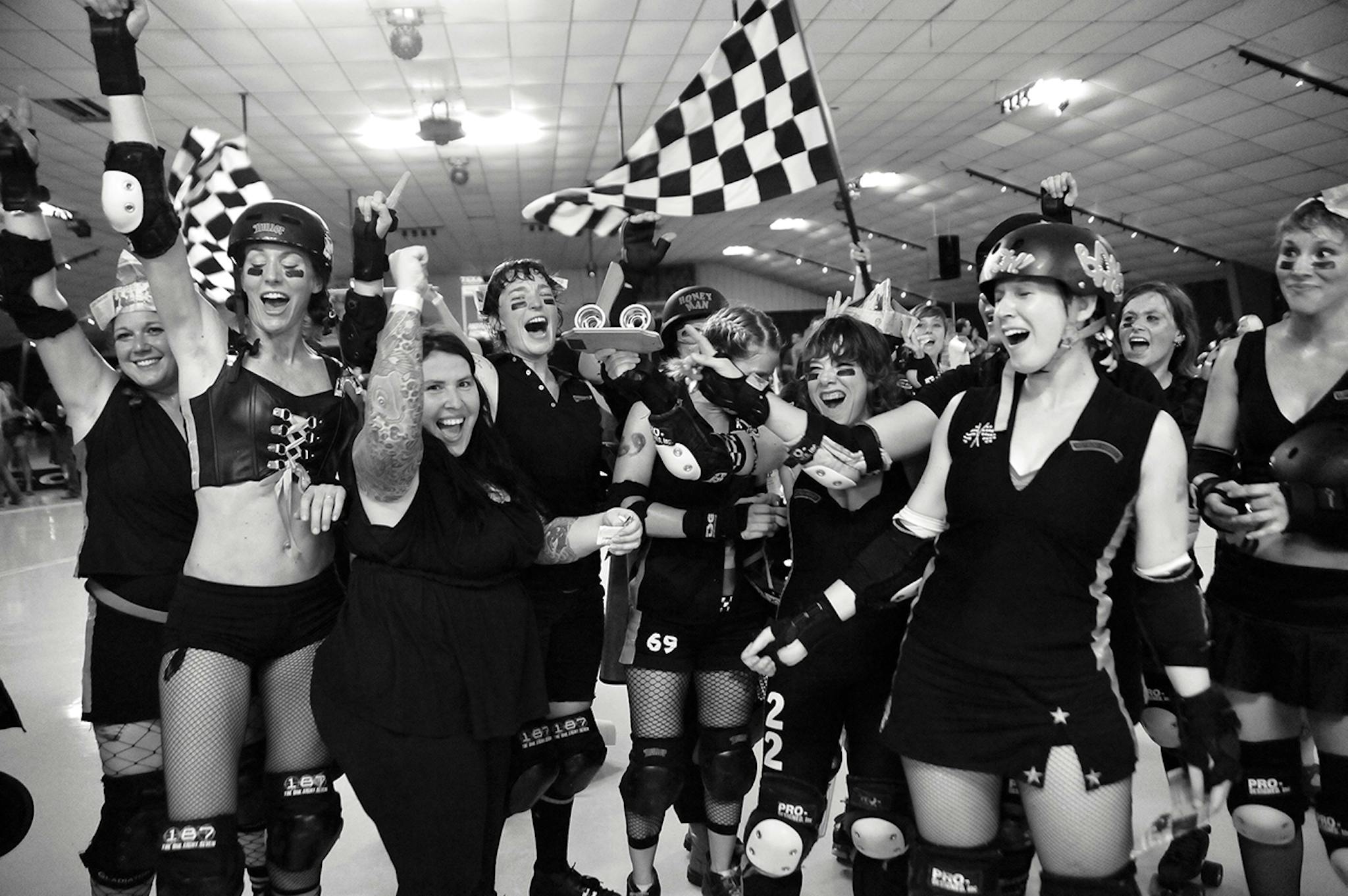
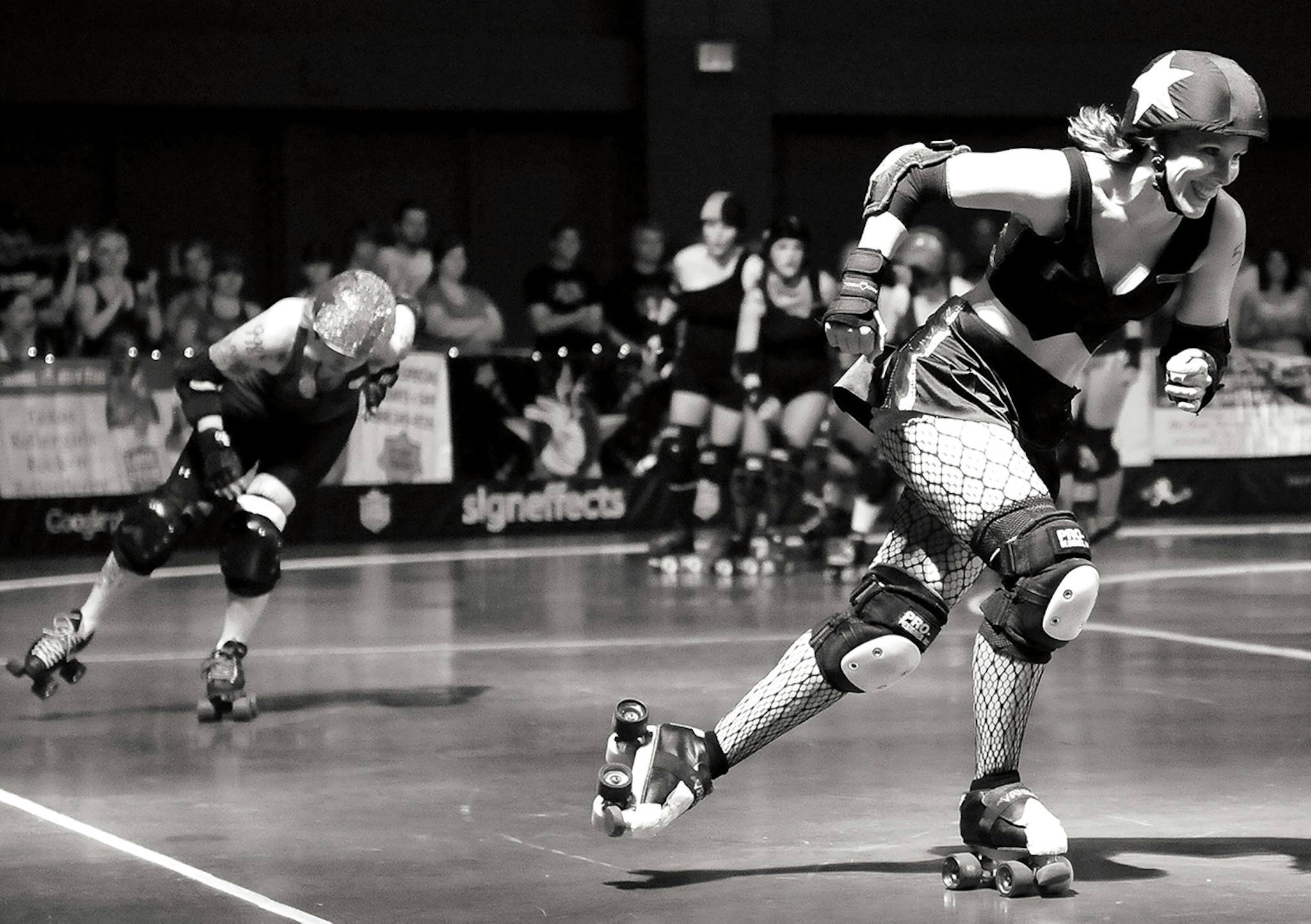
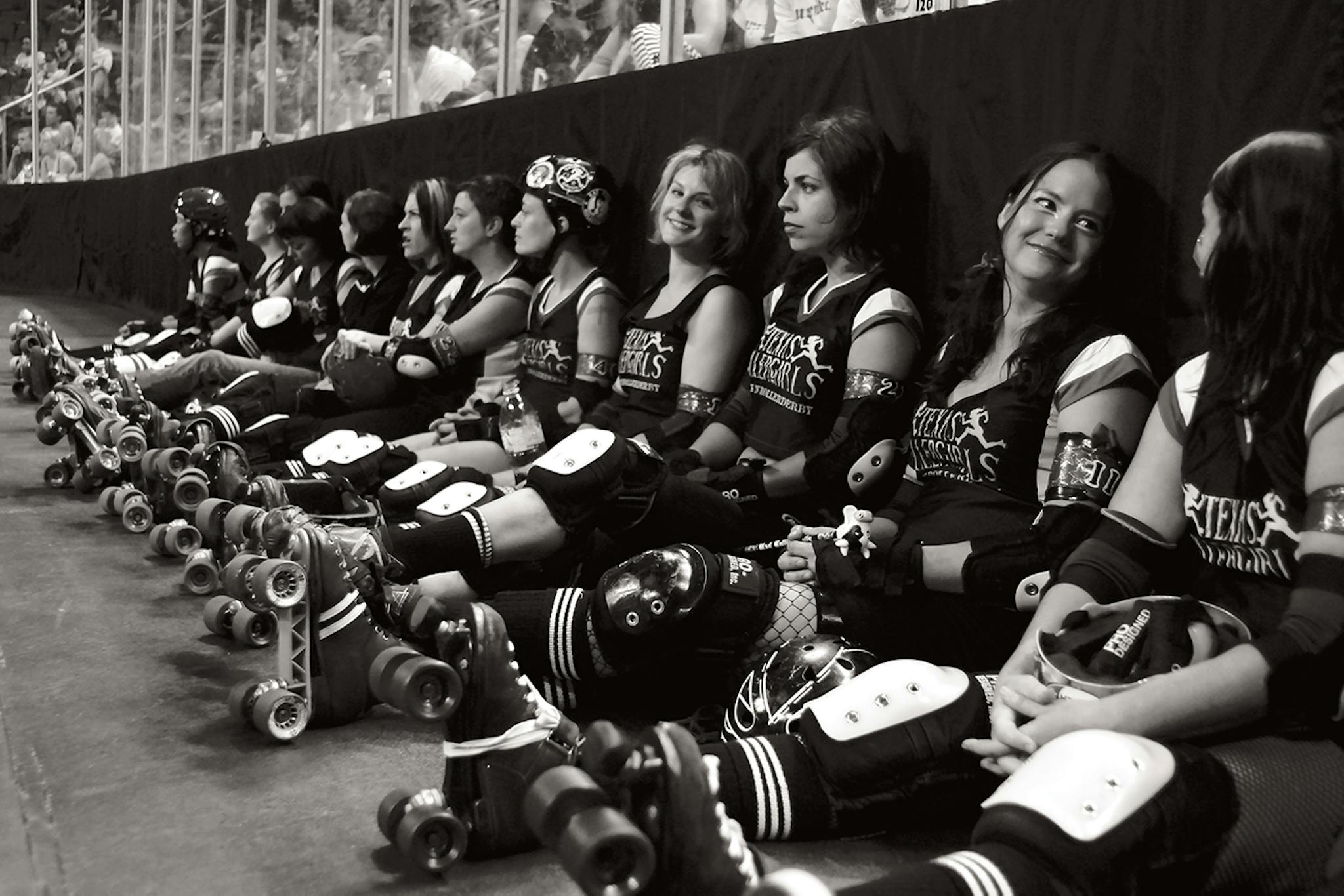

This article originally appeared in the December 2018 issue of Texas Monthly with the headline “Roll With the Punches.” Subscribe today.
